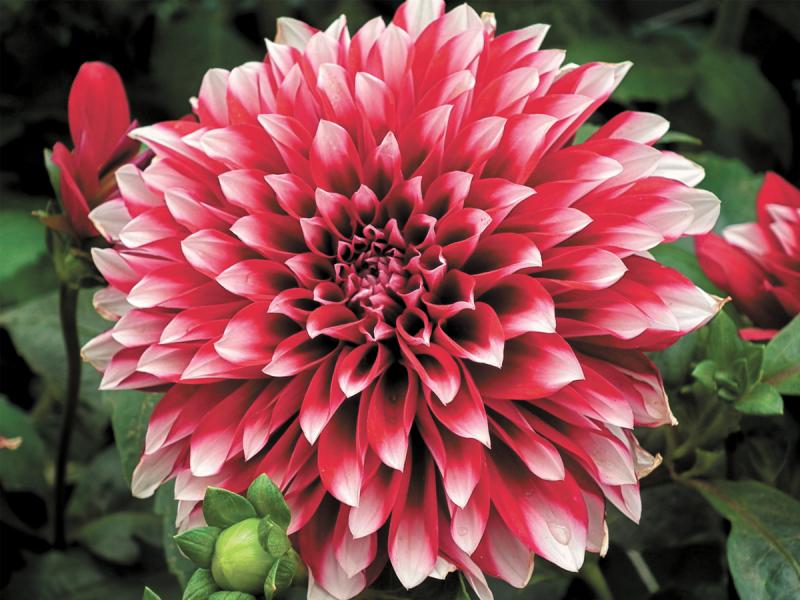A termite walked into an empty bar and asked “Where's the bar tender?” We can tender a resignation or eat a tender steak. A newcomer to the rough work of cowboys or gold miners would not have the rough feet of seasoned workers, and so would be called a “tenderfoot.”
In the garden there are tender bulbs, those that will die in the winter, such as tuberous begonias, canna, calla lily, caladium, ranunculus, gladiolus and dahlias.
Technically, these are not "true bulbs," because true bulbs contain a tiny flower and stalk pre-formed inside each bulb. These tender bulb-like forms are actually corms for gladiolus, tubers for dahlias, caladiums and tuberous begonias, and rhizomes or underground stems for canna.
These delicate or tender bulbs do not need the chilling period of hardy bulbs such as tulips and daffodils; in fact, they will die if the temperature drops below freezing. They are sometimes called summer bulbs because they bloom in the summer that they are planted.
The hardest part of storing tender bulbs is digging them up without damaging them. Let the foliage naturally die back, because the bulbs need to store nutrients for next year's flowers. Once the leaves yellow, but before the first frost, carefully dig around the bulbs with a hand trowel or garden fork.
Cut back the foliage to three inches and gently shake off any dirt. You can cut back long roots to just about an inch long. Some of the bulbs will have small offshoots or baby bulbs attached that can be broken off and later planted to form new plants.
Store the bulbs in a cool, dark place that won't freeze, such as an unheated garage or basement. Set them on newspaper or cardboard that will absorb any moisture, or you can hang them in a mesh bag.
You can cover the dried bulbs with peat moss, perlite or vermiculite. You can also store the buls on a flat screen so air can circulate around them.
To prevent disease, you can treat the bulbs with a homemade fungicide made from hydrogen peroxide. This dip is a 1 percent hydrogen peroxide solution, so you will mix common 3 percent hydrogen peroxide in a ratio of one part hydrogen peroxide to two parts of water. Let the bulbs sit in this solution for just one hour - any longer than that and they may rot.
After dipping the bulbs, be sure to let them completely air dry before storing them for the winter. The ideal storage temperature is between 50 degrees and 70 degrees Fahrenheit.
Next spring you can plant stored tender bulbs directly in the garden after the soil has warmed up and all danger of frost has passed. Plant most of these bulbs five inches deep, except for tuberous begonias and dahlias, which should be planted very shallow, just beneath the surface.
Choose a spot with well-drained soil. You can add bonemeal or compost to the soil. Keep the plantings well watered but not soggy, and you will be rewarded with summer blooms that last right up until frost. In the fall, dig them up and store them again, which can seem like a tough chore – but sometimes it takes being tough to get something tender.




















































